Vallée Seokcheon (석천계곡)
1.1Km 2021-05-17
Samgye-ri, Bonghwa-eup, Bonghwa-gun, Gyeongsangbuk-do
+82-54-679-6334
La vallée Seokcheon recoit les eaux en provenance de la montagne Taebaek, située à Bonghwa-gun dans la province de Gyeongsangbuk-do. La vallée est large, peu profonde, et entourée d'épaisses forêts de pins. Des rochers plats sont dispersées à travers la vallée, ce qui fait endroit idéal pour jouer avec les enfants. A côté de la vallée, vous trouverez également le pavillon Seokcheonjeong, qui fut construit en 1535 (période de Joseon). Ce pavillon est fait de pins rouges appelés Chunyangmok et construit sur un socle en pierre ; il offre une vue panoramique magnifique sur la montagne.
The Namho house / 남호구택
2.3Km 2025-08-12
21, Baraemi-gil, Bonghwa-gun, Gyeongsangbuk-do
+82-54-673-2257
Located in Bonghwa-eup, Bonghwa-gun, Gyeongsangbuk-do, Bonghwa Namho Gutaek is an old house from the Chosun period designated as Cultural Property Material No. 385. It was built by Nongsan Kim Nam Yeong in 1876 and his son Namho Kim Roe Sik had lived there. Mr. Kim Roe Sik was awarded with a medal for contributing his entire asset to military fund for the Provisional Government of Korea. The spirit of putting others and his country before himself continues until now. Having been built with high-quality materials, the 140-year old Namho Gutaek has barely suffered any deformation. In addition, attentive care added by the descendants has kept the traditional beauty of the hanok intact. One may even feel reverence at the Sosel Daemun (gate). In harmony with the hanok, the garden in the yard and the flower bed sitting next to the wall change color as season changes. It is a great place to feel the scent of old trees and get some rest. In 2016, the shared toilet was renovated in modern style to alleviate any inconvenience for the guests. In the spacious yard, there’s a spot for traditional games such as Tuho, Jegichagi, Neoltuigi, etc. Bonghwa Station (Yeongdong Line) is about a 15- minute walk away; an inner city bus stop in the town, on the other hand, makes a trip to other regions easy.
Musée de Sosu (소수박물관)
14.4Km 2021-04-23
2780, Sobaek-ro, Sunheung-myeon, Yeongju-si, Gyeongsangbuk-do
+82-54-639-7691
Inauguré le 22 septembre 2004, le musée de Sosu a pour but de rassembler et d’organiser l’héritage du confucianisme traditionnel en Corée, et d’établir les racines de l’esprit national à travers Sosuseowon, la première académie confucianiste fondée en Corée. Lieu incontournable du confucianisme durant l’époque Joseon, c’est l’unique musée confucianiste où l’on peut découvrir la valeur même de l’héritage de la culture confucianiste, ainsi que l’histoire du confucianiste durant la dynastie Joseon des origines jusqu’à sa chute. De nombreuses reliques du confucianisme permettent de ressentir le dynamisme de cette aventure historique. Le musée a également pour but de rendre vie à la culture de la région de Yeongju en exposant ces reliques culturelles particulièrement bien préservées.
Seongamje / 성암재
16.6Km 2025-03-05
19-18, Seodong-gil, Bonghwa-gun, Gyeongsangbuk-do
+82-54-673-5011
Located in Chunyang-myeon, Bonghwa-gun, Gyeongsangbuk-do, Seongamjae is a traditional hanok built with pine trees (Geumgangsong) in 1915. It was owned by Seongam Gang Seungwon, the third son of Uijae Gang Pil of distinguished service to independence. Seongamjae is the place where Mr. Uijae Gang Pil delivered fund to the Provisional Government of Korea in Shanghai, which was then used by the 3rd division of army during the Korean War. Now, the grandson of Mr. Seongam Gang Seungwon and his wife are keeping the place and named it Seongamjae after his grandfather. They run it as a hanok open to the public in order to help spread history and culture. The owner couple has committed themselves to keeping the house and gardening. Nevertheless, the traditional hanok is equipped with modern facilities so that people of all age groups, Koreans and foreigners alike, may have a relaxed time here. Bordering Seongamjae is the National Folk Cultural Asset No. 279 Bonghwa Mansan Gotaek, home to the family of the owner of Seongamjae, and open to everyone who stays in Seongamjae. Cooking is limited in the hanok but there are restaurants nearby. Korean style Yeonbab is provided at 15,000 won per person when breakfast is booked in advance. As Chunyang Station of Yeongdong Line is a 5-minute walk away, the accommodation is conveniently located for train travelers. Note that luggage storage service is provided after check-in while visitors are enjoying walking, trekking, or travelling by train.
Parc National du Mt. Sobaeksan (소백산국립공원)
16.9Km 2021-06-28
Bonghyeon-myeon&Sunheung-myeon&Dansan-myeon&Buseok-myeon, Punggi-eup, Yeongju-si, Gyeongsangbuk-do
+82-54-638-6196
Le Parc national du Mt. Sobaeksan en Corée du Sud est une branche de ce qu'on pourrait appeler l'épine dorsale de Corée - Mt. Taebaeksan. En 1987, Mt. Sobaeksan a été désignée comme parc national N˚ 18. Sa dimension est 320.50 ㎞.
Les caractéristiques du parc national du Mt. Sobaeksan en Corée du Sud comprennent
La 320,50 ㎢ comprenant Mt. Sobaeksan a été désignée comme parc national N° 18 en 1987. Il y a beaucoup de fleurs sauvages et d'azalées royales sur Birobong de pointe et la plus grande communauté Yew Tree se trouve sur le versant nord-ouest (1.200 ~ 1.350 m d'altitude) entre Yeonhwabong Peak et Peak Birobong.
L'ouest du mont. Sobaeksan est raide et les ruisseaux de Nakdonggang débit de la rivière à Jukgyaecheon River, qui est souvent utilisé comme un cours de randonnée. Suite à de Birobong Peak par Jukgyaecheon River est Seokryun mine, et Choamsa Temple. Si vous continuez encore plus loin, vous arriverez à Seokcheonpokpo cascade et Seonghyeolsa Temple. Dans cette vallée, il y a des truites de montagne qui ne peut vivre en eau potable.
Un sentier de 4㎞ à plat sur le sud-ouest de Birobong Peak conduit à Yeonhwabong Peak. Il est l'Observatoire astronomique national sur le chemin de la deuxième Peak Yeonhwabong à partir du 1er Peak Yeonhwabong, et une crête appelée Jukryeong est sur le sud de la montagne. À l'est de la deuxième Peak Yeonhwabong, il y a Huibangsa Temple et Birosa Temple construit dans la dynastie de Silla. Huibangpokpo cascade est considérée comme la plus belle cascade de Gyeongsangnam-do province, est à l'entrée du Temple Huibangsa.
Avec les vallées et les crêtes, le parc national du Mt. Sobaeksan a des scènes à couper le souffle et il est connu pour sa faune abondante et la splendeur naturelle.
On-gye Jongtaeg (Sambaegdang) / 온계종택 삼백당
17.2Km 2025-03-04
20, Onhyejungma-gil, Andong-si, Gyeongsangbuk-do
+82-10-2988-3435
Ongyejongtaek Sambaekdang is a hanok restored on the site where Ongye Yihae, older brother of Toegye Yi Hwang, used to live. Being the headquarters of the rightoue army against the Japanese, the house was burned by the Japanese military authority in 1896 but restored with support from the government and others, and it was finally completed in May 2011. It is the 500-year old chestnut tree, symbol of the village, which welcomes guests first. The house itself is not old but the atmosphere of the family dominates the building with dignity. Small decorations such as a wooden table, floor cushions, and mother-of-pearl furniture pieces are all nice to look at. There are 7 rooms altogether with bathrooms or air conditioners depending on the room size. There are a shared shower facility and a laundromat outside the rooms, with shared kitchen, warehouse, and a big floor. Cooking is not allowed in the rooms but outdoor barbecue facilities are available for a group of 10 or more who inquire in advance. Tea ware pouch making or Hanji craft programs are conducted based on the reservation at a charge. In the village where the house is located, there are several historic and natural sites such as Nosongjeongjongtaek where Toegye Yihwang was born, Nongamjongtaek, Toegyejongtaek, Dosanseowon Confucian Academy, Advanced Center for Korean Studies, Cheongryangsa Temple, and Dosan Spa.
Parc provincial du Mt. Cheongnyangsan (청량산도립공원)
17.9Km 2022-08-10
39, Gwangseok-gil, Bonghwa-gun, Gyeongsangbuk-do
+82-54-679-6651
Le mont Cheongnyangsan a une altitude de 870 mètres et propose divers sites touristiques comme le pic Geumtapbong, les cascades Gwangchangpokpo, le temple Cheongnyangsa, etc. Derrière le rocher du parc provincial, on trouve un monument avec un poème inscrit par le célèbre savant Toegye Hwang I de la période Joseon appelé Cheongnyangsanga.
Maison principale de Nongam (농암종택)
19.2Km 2023-05-23
162-133, Gasong-gil, Dosan-myeon, Andong-si, Gyeongsangbuk-do
Maison principale de Nongam Lee Hyeon-bo*
La maison principale de Nongam Lee Hyeon-bo est située à Gasong-ri, Dosan-myeon, dans la ville d'Andong. Lee Hyeon-bo a servi comme 'Saganwonjeongeon' en 1504 (lors de la 10e année du règne du roi Yeonsan-gun) et a été exilé à Andong après s'être attiré la colère du roi. La maison principale de Nongam se trouvait dans le village Buncheon mais le village a été submergé lors de la construction du barrage d'Andong en 1976. Depuis lors, les maisons de la famille, telles que la maison principale, le sanctuaire et Geunggudang avaient été dispersées dans plusieurs endroits à Andong. Lee Seong-won, le descendant héritier de la famille Lee de Yeongcheon, décida par la suite de les déplacer à nouveau pour les regrouper dans un seul endroit. En 2007, l'école privée Bungangseowon fut également déplacée. Aujourd'hui, cet endroit s'appelle le village de Bungang et est ouvert au public.
Gosangjeong (고산정)
19.3Km 2024-07-08
177-42, Gasong-gil, Dosan-myeon, Andong-si, Gyeongsangbuk-do
Le pavillon Gosanjeong a été construit par Geum Nan-su en 1564 en tant que place dédiée à l'étude. Le pavillon est situé en dessous de Gasonghyeop, l'un des 8 paysages incontournables à Andong, le long du fleuve Nakdonggang. Le pavillon est réputé pour les vues des monts Woebyeongsan et Naebyeongsan.
Festival du Ginseng de Punggi à Yeongju (영주 풍기인삼축제)
19.8Km 2025-09-23
Baek-ri, Punggi-eup, Yeongju-si, Gyeongsangbuk-do
054-635-0020
Les informations suivantes concernant la restauration datent de l’édition précédente (2024). Les données relatives à l’édition 2025 sont en cours de mise à jour.
Le ginseng, aliment emblématique de la Corée, est réputé pour favoriser la récupération de l’énergie et renforcer l’immunité. Chaque mois d’octobre, période où le ginseng atteint sa plus grande richesse nutritive, se tient à Yeongju, l’un des principaux lieux de production du pays, le Festival du ginseng de Punggi.
Fidèle à son thème placé sous le signe de la santé, le festival propose principalement des expositions et des expériences liées au bien-être. Les visiteurs peuvent y déguster des plats à base de ginseng de Punggi, réputé pour sa valeur nutritive, mais aussi participer à des activités originales telles que l’épluchage de ginseng, la fabrication de vin médicinal au ginseng, ou encore la chasse au « ginseng doré ». Le festival offre également l’occasion d’acheter à prix avantageux du ginseng frais, du ginseng rouge ainsi que divers produits transformés à base de ginseng, soigneusement récoltés par les producteurs locaux.
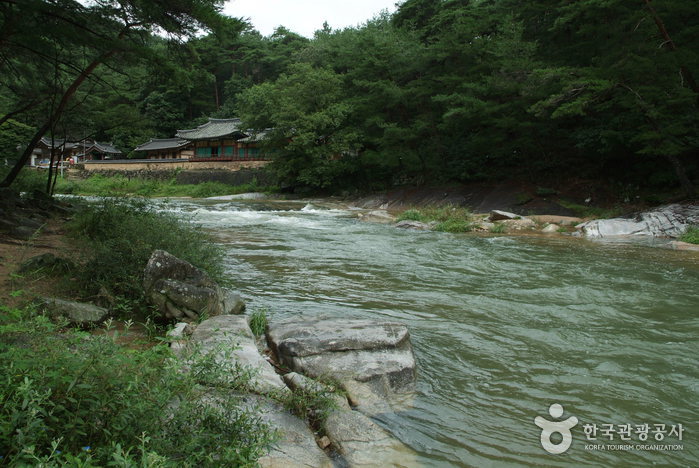
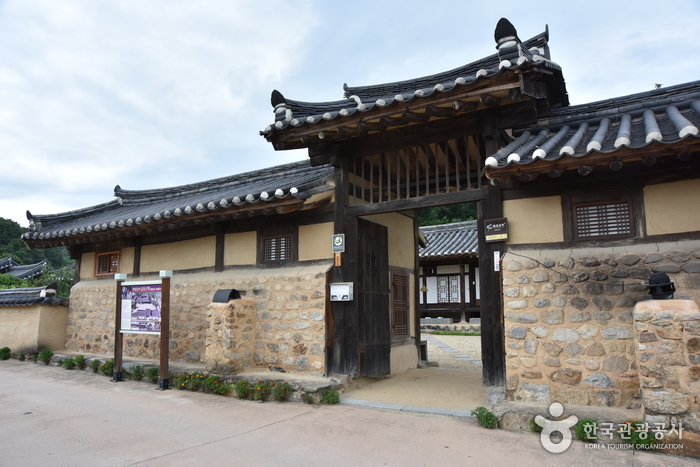

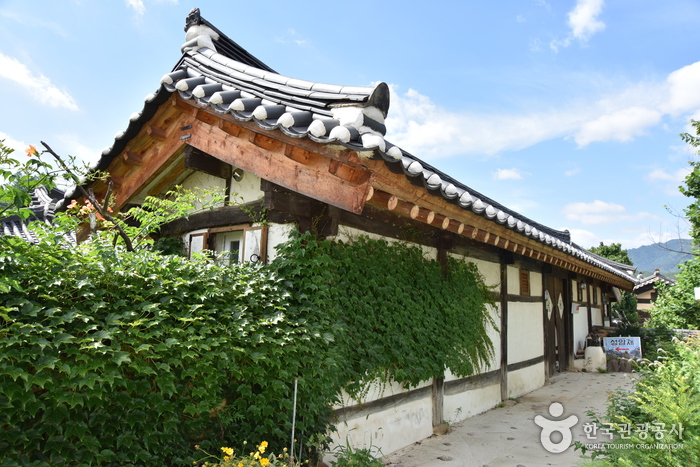
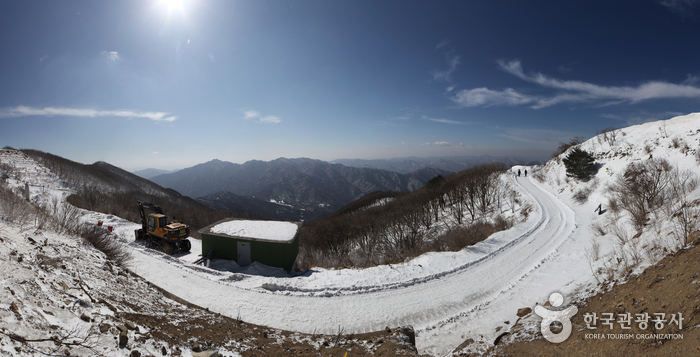
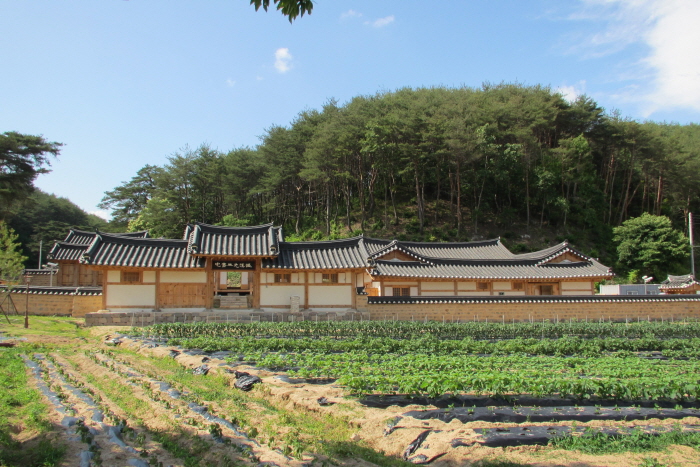
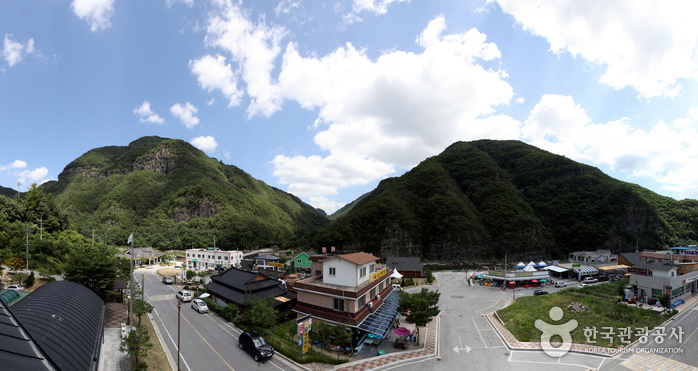
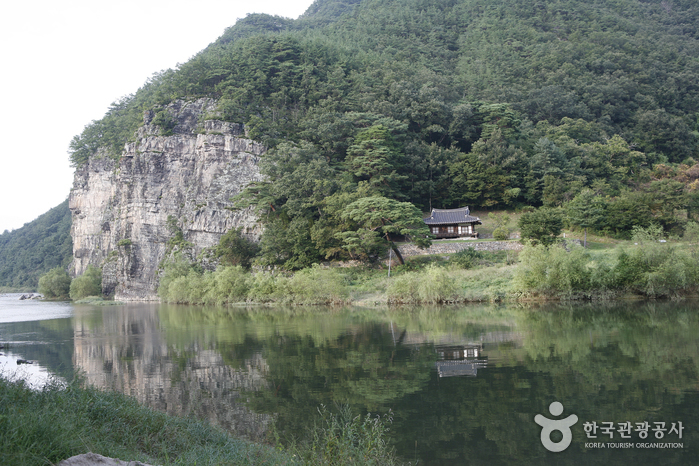
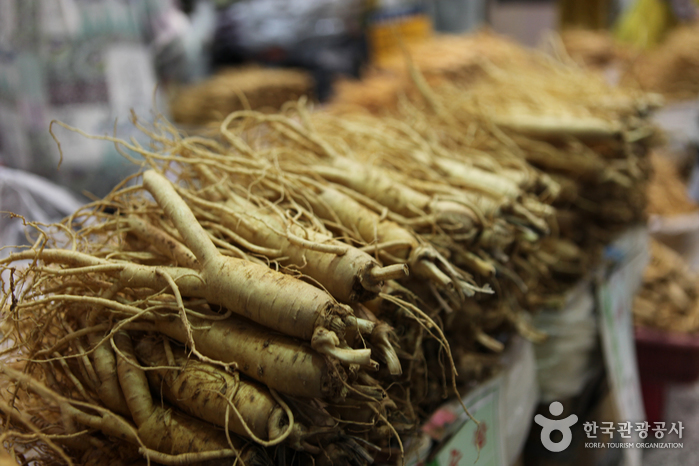
 Français
Français
 한국어
한국어 English
English 日本語
日本語 中文(简体)
中文(简体) Deutsch
Deutsch Español
Español Русский
Русский